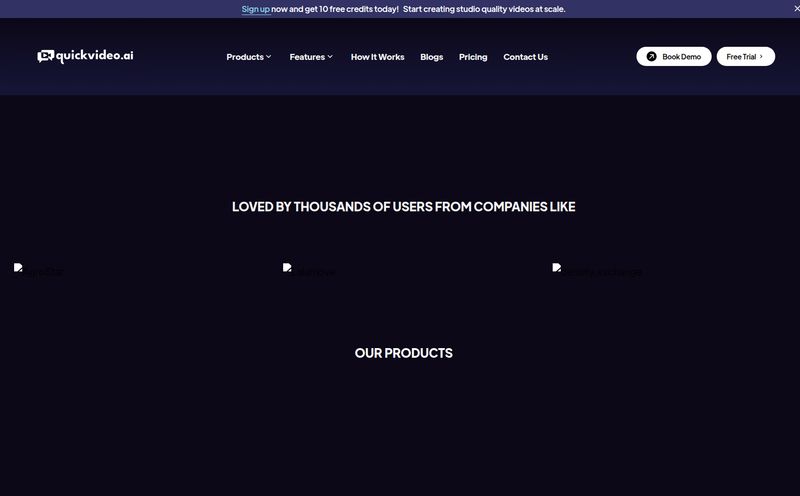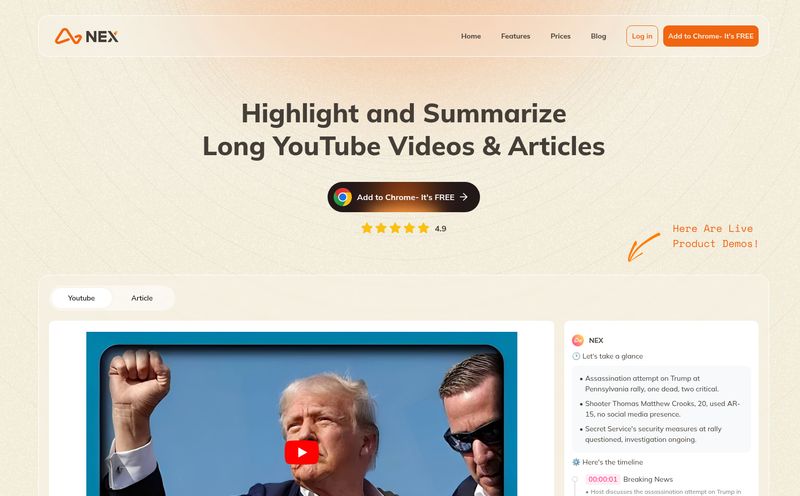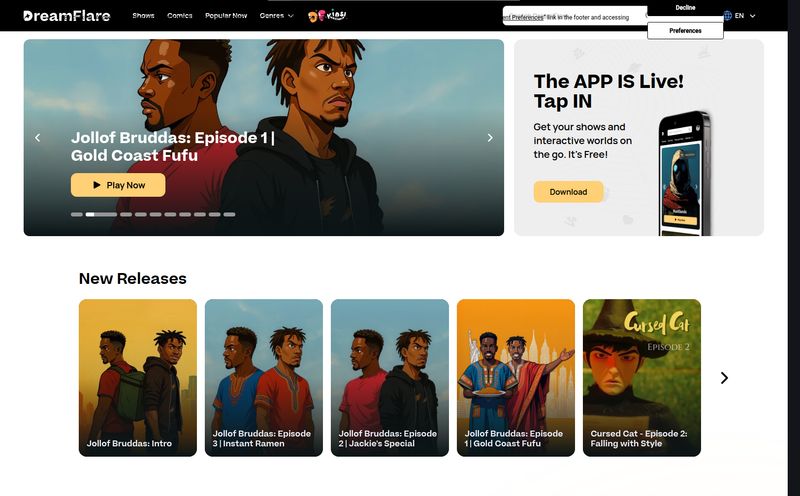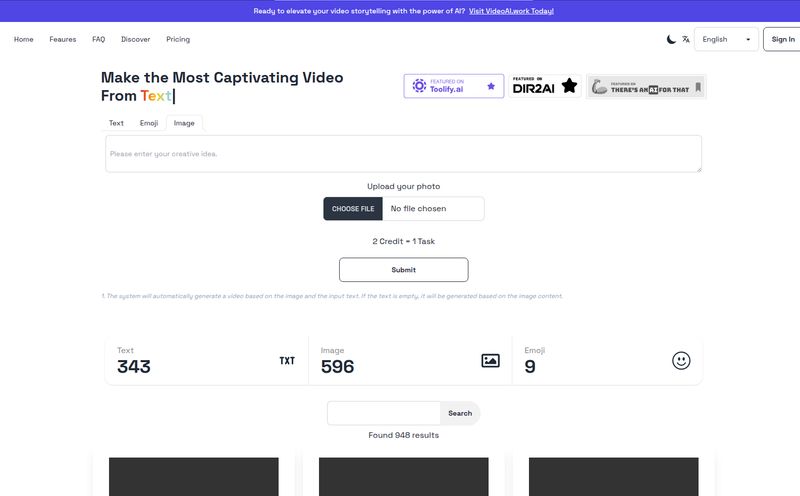I still have nightmares about rotoscoping. Seriously. I remember a short film I worked on years ago, spending an entire caffeine-fueled weekend tracing around an actor, frame by painstaking frame, just to place a simple effect behind him. It was tedious, soul-crushing work. It's the kind of grunt work that makes you question your life choices. For decades, that was just the price of admission for cool visual effects.
Then AI started getting... well, good. And suddenly, tools are popping up that promise to do the boring stuff for us. The latest heavyweight to enter the ring is Autodesk Flow Studio, which you might know by its original name, Wonder Studio. Backed by some seriously big names (we're talking Spielberg and the Russo Brothers big), it was recently acquired by Autodesk, the giant behind Maya and 3ds Max. That alone made my ears perk up.
But the question remains: Is this just another overhyped AI toy, or is it a genuine game-changer for filmmakers, VFX artists, and creators? Let's get into it.
So, What Exactly Is Autodesk Flow Studio?
Imagine having a VFX studio in your web browser. That's the elevator pitch. Flow Studio is a cloud-based platform that uses AI to automatically animate, light, and composite computer-generated (CG) characters into live-action footage. You upload your video, you upload your 3D character, and it does the heavy lifting.
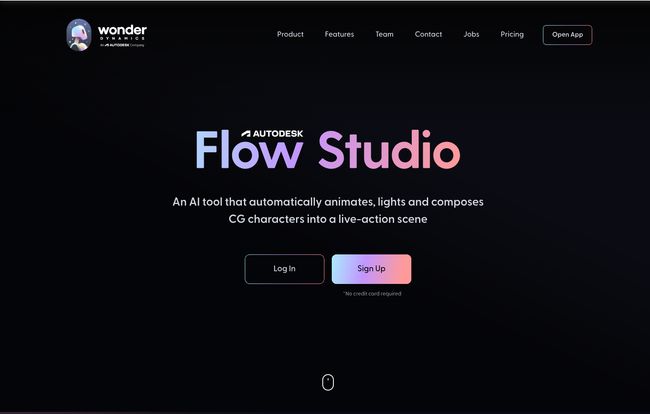
Visit Autodesk Flow Studio
The company claims it automates 80-90% of the “objective” VFX work. I love that distinction. The objective work is the technical, repetitive stuff: motion tracking, camera solving, rotoscoping, creating clean plates, and basic lighting passes. The subjective work? That's the fun part. The storytelling, the performance tweaks, the final color grade—the art. Flow Studio acts like a tireless, incredibly fast junior VFX artist, handing you all the component parts on a platter so you can focus on being the director.
The Magic Under the Hood: The Core Features
It's easy to say "AI does it," but what's actually happening? From what I can gather, it's a symphony of different AI systems working together. And some of these features are things we've only dreamed of until recently.
Single-Camera Motion Capture? Seriously?
This is the big one. Traditionally, if you wanted to capture an actor's performance for a CG character, you needed a motion capture (MoCap) suit covered in little white balls, a studio full of special cameras, and a whole lot of software. It’s expensive and complicated. Flow Studio throws that all out the window. It analyzes footage from a single camera—even an iPhone—and extracts the actor's performance, applying it directly to your CG model. That is, frankly, wild.
Now, let's be real. The age-old rule of "garbage in, garbage out" still holds true. If your footage is a shaky, blurry mess filmed in a dark closet, the AI will probably have a hard time. But the barrier to entry has been lowered from a multi-million dollar soundstage to just... a decent camera and some good lighting.
AI-Powered Lighting and Compositing
Getting a CG character to look like it belongs in a scene is one of the hardest parts of VFX. The lighting has to match perfectly. The shadows have to fall correctly. Flow Studio’s AI analyzes the lighting of your live-action plate and automatically applies it to your character. It even generates realistic shadows and composites the character into the scene. It's not always 100% perfect, but it gets you shockingly close with zero effort.
An Adaptive Pipeline for the Pros
Here’s what stops Flow Studio from being just a toy. It's not a closed black box. This was my biggest fear, that you'd get a final video and that's it. Instead, it has an “adaptive pipeline.” This means you can export all the individual elements the AI creates:
- Motion Capture Data
- Alpha Masks (for perfect cutouts)
- Camera Track Data
- Clean Plates
- Lighting Passes
This is huge. It means you can let the AI do the initial 90% of the work, then download the files and bring them into your professional software of choice—like Blender, Maya, or After Effects—for that final 10% of polish and creative control. This is the bridge between AI automation and human artistry.
Let's Talk Money: The Pricing Breakdown
Okay, the magic show is impressive, but what does the ticket cost? The pricing is a subscription model, which seems to be the way of the world now. It's broken down into a few tiers.
When you consider the day rate for a single VFX artist, these subscription costs start to look very, very reasonable. It's an investment in time, which is often a creator's most valuable asset.
Here's a quick look at the plans based on their current introductory pricing (billed annually):
| Plan | Price (per month, billed annually) | Best For |
|---|---|---|
| Lite | $16.99 | Individuals, students, and creators exploring AI workflows. You get 1080p exports and a decent amount of credits to start. |
| Pro | $84.99 | Professionals, freelancers, and small studios. This unlocks 4K exports, a lot more credits, more storage, and advanced features. |
| Enterprise | Contact Sales | Large organizations and studios needing custom scalability, security, and support. |
The system works on credits, which are consumed as you process video. It’s a fair system that scales with your usage. For an indie creator, the Lite plan is a fantastic way to get your feet wet without a massive financial commitment.
Who Is This Really For? And Who Should Maybe Wait?
So who's the ideal user? I see a few key groups.
Indie filmmakers and YouTubers are going to have a field day with this. The ability to create a sci-fi short with a convincing alien character or a fantasy series with a talking creature, all from your garage? That power is now accessible.
Small ad agencies and marketing teams can use this to produce high-concept commercials without the high-concept budget. Even architects and previz artists can use it to quickly populate their scenes with animated characters.
Some of the hardcore VFX veterans might scoff, saying it dumbs down the craft. And I get that perspective, I really do. But I dont think it replaces the high-end artist behind the next Marvel blockbuster. I see it as a tool that democratizes storytelling. It empowers the small-time creator to tell bigger stories. It allows for rapid prototyping and creative exploration that was simply impossible before due to time and cost.
Frequently Asked Questions about Flow Studio
Is Autodesk Flow Studio the same as Wonder Studio?
Yes, essentially. Wonder Studio was the original company and product. In late 2023, it was acquired by Autodesk and rebranded as Autodesk Flow Studio. It's the same core technology, now under the umbrella of a major industry player.
Do I need 3D modeling skills to use it?
Not necessarily to use it, but you do need a CG character model to start. Flow Studio offers some stock characters, and there are many marketplaces online like Sketchfab or the Unreal Engine Marketplace where you can find characters. You don't need to be a master modeler, but you do need to be able to acquire and upload a model.
Can I use my own custom characters?
Absolutely. That's one of its biggest strengths. You can upload your own character models and the AI will rig and animate them based on your live-action performance.
Does Flow Studio replace software like Blender or Maya?
No, I'd call it a powerful companion rather than a replacement. It automates the most time-consuming parts of the process. For ultimate control and that final professional polish, you'll still want to export the elements and refine them in traditional 3D software.
What happens if I run out of credits on my plan?
Like most credit-based systems, you'll likely have the option to purchase additional credits or upgrade your plan to get a higher monthly allowance.
My Final Thoughts
Autodesk Flow Studio isn't a magic button that creates a perfect movie for you. It's a tool. A ridiculously powerful, time-saving, and creativity-unleashing tool, but a tool nonetheless. It has its limitations—it relies on the quality of your input, and it won't fix a bad story.
But what it does is monumental. It demolishes the technical and financial wall that has kept high-quality character VFX out of the hands of most creators. It lets us skip the boring parts and get right to the art. For me, someone who still has flashbacks to weekend-long rotoscoping sessions, that’s not just an evolution. It feels like a revolution. It's an exciting, and slightly crazy, time to be a creator.
